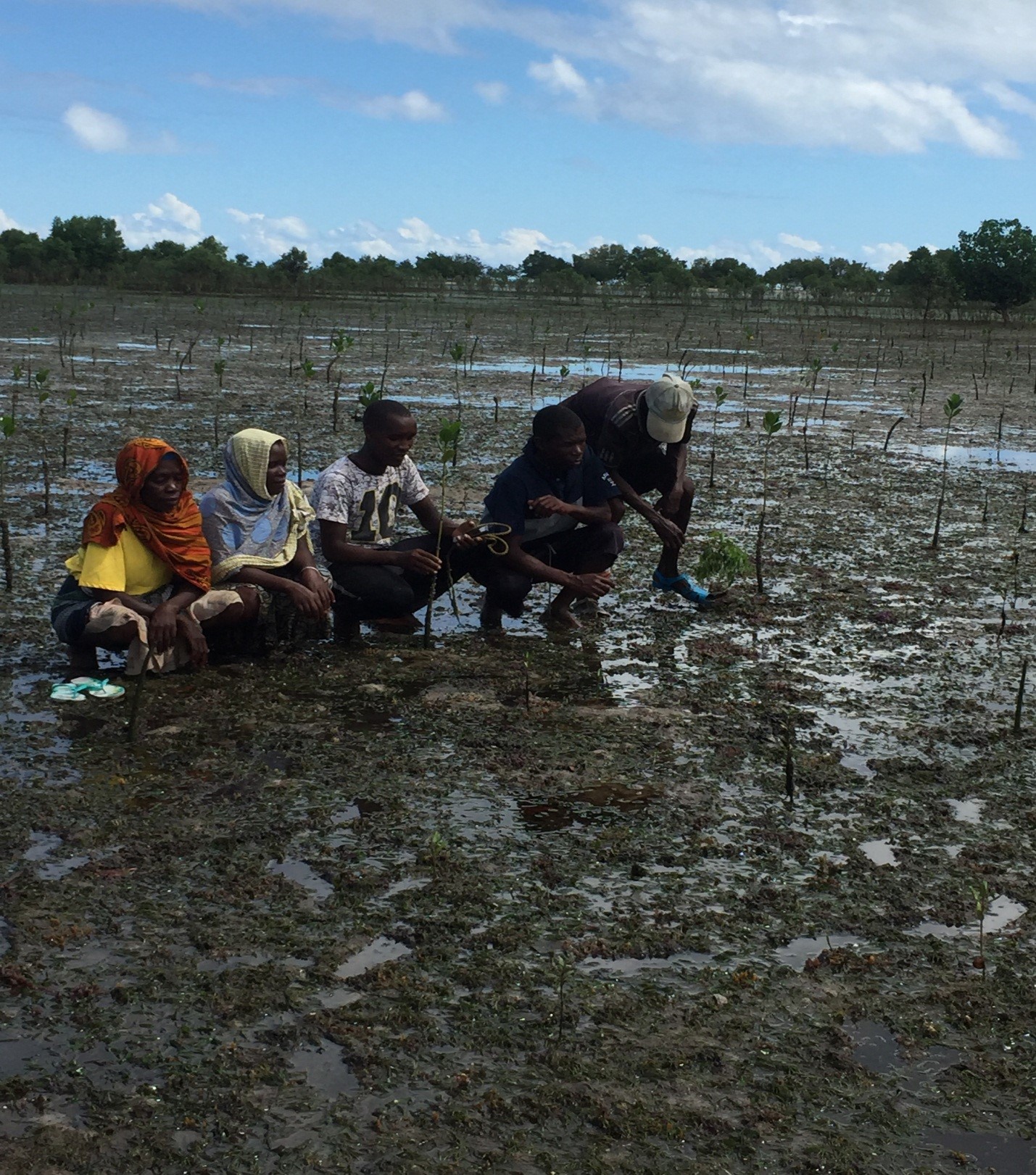2. Training and accreditation for tourism service providers
Capacitaciones para guías y capitanes
PNCP-CONANP
Since the consolidation of the Public Use Program (PUP), which requires that the TSP have accredited guides and captains; CONANP with support from Niparajá have given these accreditation courses. During 2016, 95 guides and 35 captains were trained; in 2017, 64 guides and 36 captains were trained; in 2018 a total of 60 guides and 16 captains were trained; and in 2019, 97 guides and 39 captains were trained. As of 2019, and with the aim of providing tourism service providers with more and better knowledge of the ecosystem, three different courses were developed: a basic course for captains who are presenting themselves for the first time; a basic course for new guides; and an advance course for guides and captains who have been working for more than a year at the NPA. The advance course considers the presentation of talks given by experts on topics not considered as shark biology, whale watching or the population dynamics of fish. The training courses are valid for one year for guides. After one year, an evaluation is applied; if it is successful the new guides can participate in the advanced course, otherwise they will have to participate in the basic. The courses for captains are not valid, only the basic course is mandatory.
Guides and captains who pass their course enter a list of accredited guides and captains and are given a badge that accredits them to work in the Park. This small badge is extremely important because it serves as a support in the control and management actions by the authorities of the National Park.
The modification and inclusion of new topics of interest to tourism operators in the training courses, favored the more active participation of experienced guides and captains since the content was very repetitive for them.
Having a list of guides and captains accredited, informed and trained by the Park Directorate helps to promote the best practices of diving and recreational activities.
The knowledge and updating of the rules of Public Use by the operators reduce the impacts of tourism activities on the reef.
A Training Manual was developed in a digital version that is sent to all participants in the courses and serves as a support to reinforce the knowledge acquired by guides and captains.
